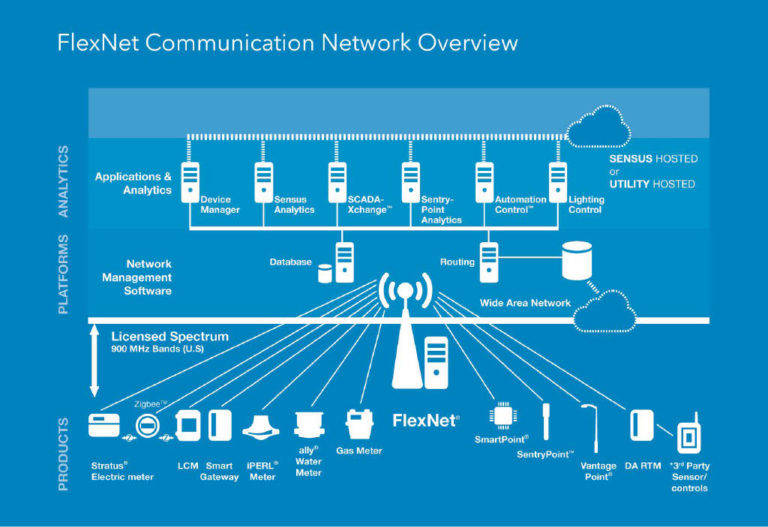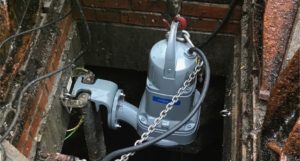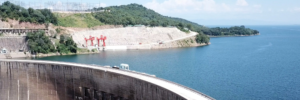City in Washington State Reduces Non-Revenue Water by 50 Percent

FlexNet communication network overview (image source: Xylem Inc.)
From its roots as one of the oldest towns in Washington, the city of Walla Walla has aged like a fine wine. Surrounded by vast vineyards from 120 different wineries, the area is well-known for its rich history, charm and overall appeal. Unlike wine, however, the aging process has hurt some of its infrastructure – including 200 miles of water pipelines.
“As our pipes failed and water meters aged, we began to see a 30 percent annual water loss – which is significant given that we distribute about three billion gallons of water each year,” said City of Walla Walla Water Distribution Supervisor Adrian Sutor. “We needed a solution to help us better track and maintain our water resources.”
Source: Xylem Inc.







